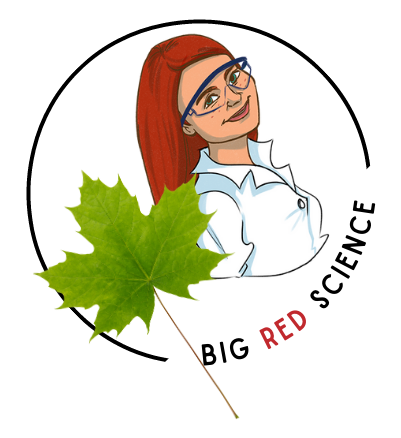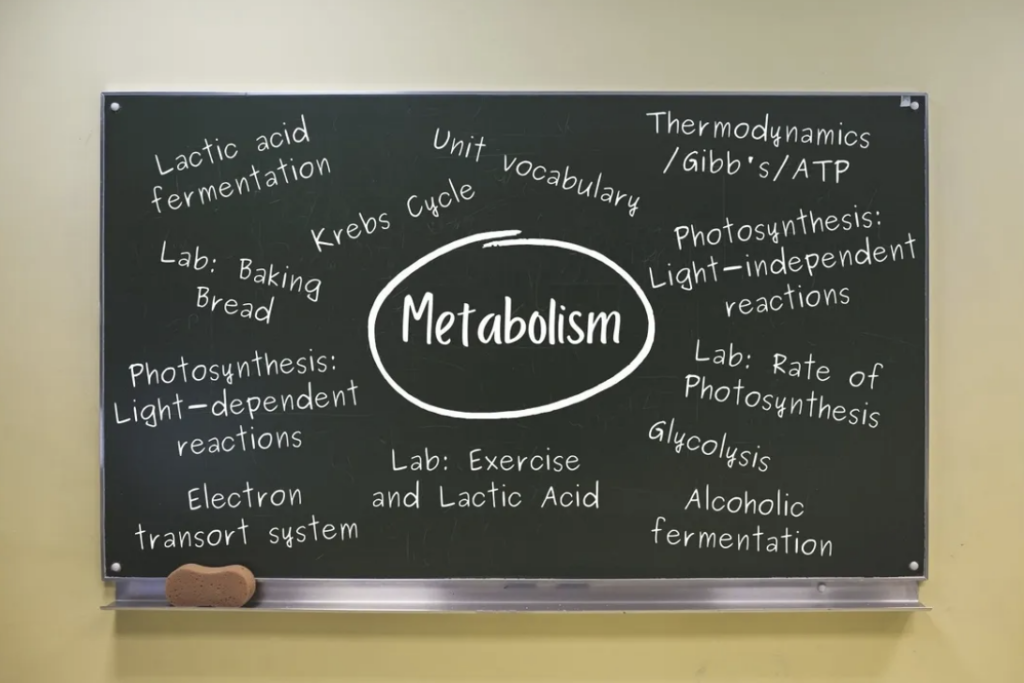As exams approach, it’s easy for students to get overwhelmed with the amount of content that they are expected to know in their science classes. So where to begin?
As teachers, we want to help guide students at the end of a unit or course, but it should really be on them to take the lead for their own studying.
THIS is a really easy place to begin: student-directed, no-prep, and a bit of retrieval practice! Keep reading to find out!
Step 1: Start with a brainstorming session stemming from a unit title

Give students a couple of minutes on their own to dig deep into their brains and think about the topics covered within that unit. Get them to write down everything they remember.
Then, ask for volunteers to share topics and fill in the board space. Once the participation lulls, have everyone pull out their notebooks and sift through the unit to see if anything has been missed. Add it to the board!

Step 2: Now, have them fill out a graphic organizer with three categories:
- I am very confident with
- I am somewhat confident with
- I am not confident with

Students then categorize everything from your brainstorming board based on how they feel about the topic. You might want to allow them to peruse their notes at this point so that they can get a good idea of exactly what each topic includes.
That’s it! This is a useful way to start review as students need to assess their own knowledge before diving in to studying.
Kids often spend too much time studying what they already know and end up cramming the stuff they really need to study. Once they have topics categorized in this way, you can use easily guide students to spend more time studying the concepts that they are not confident with.
As they work through their studying, they can begin to move topics into new columns to keep track of their progress.
This graphic organizer is easy for students to make themselves, but you can also grab it for free here! I hope you give it a try!
Scientifically yours,
Mo
P.S. Pro Tip: photocopy the graphic organizer on coloured paper so that students will be able to find it quickly among their notes!
P.P.S
Psst…are you a NEW-ish TEACHER interested in some classroom management tips to ensure you’ll have a stress-free classroom next year? Click here!

Interested in a deep dive into a few of my favourite review ideas? Check out:
3 super easy ways ways for kids to practice retrieval in science
How to guarantee that your students will remember what they learn
Student-directed learning and high engagement? Yes, please!
A simple routine to promote reflection and positive relationships
My favourite way to review vocabulary in high school science



